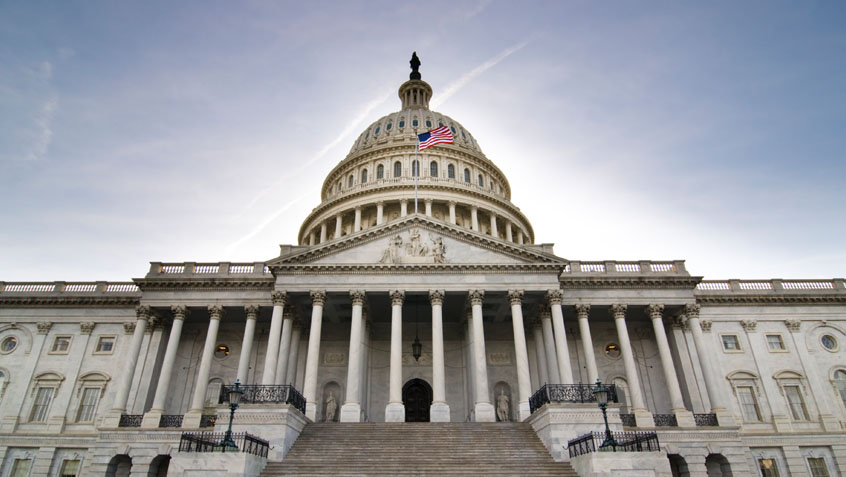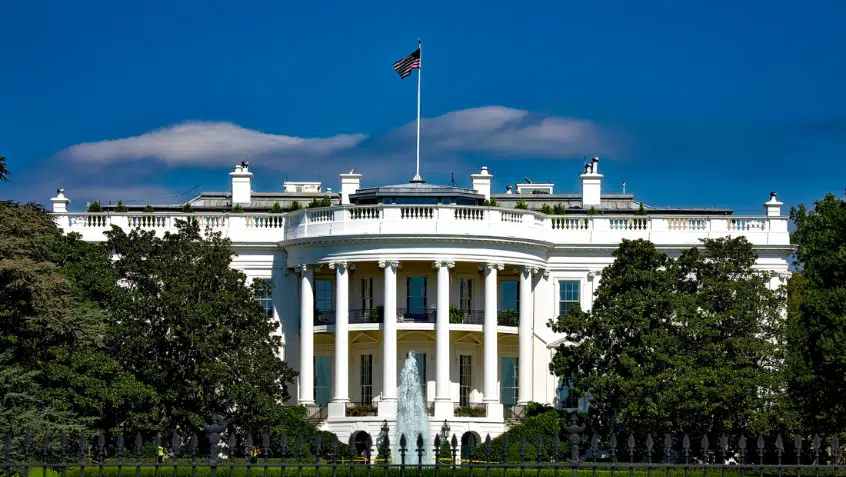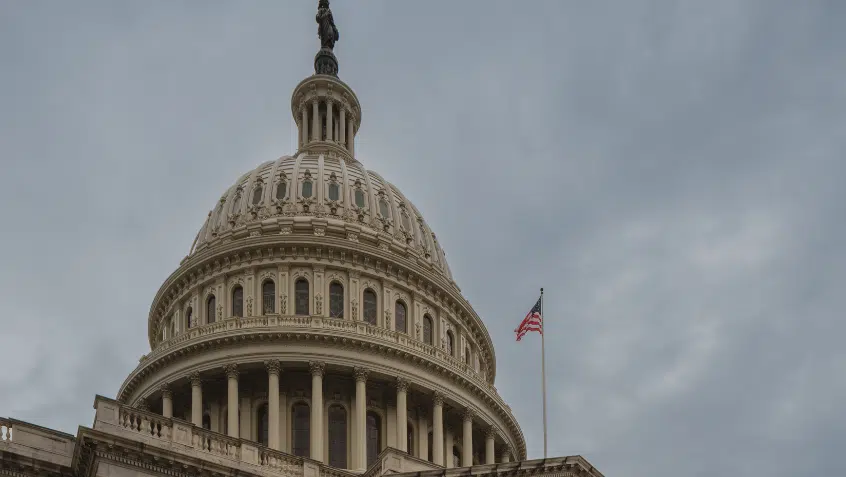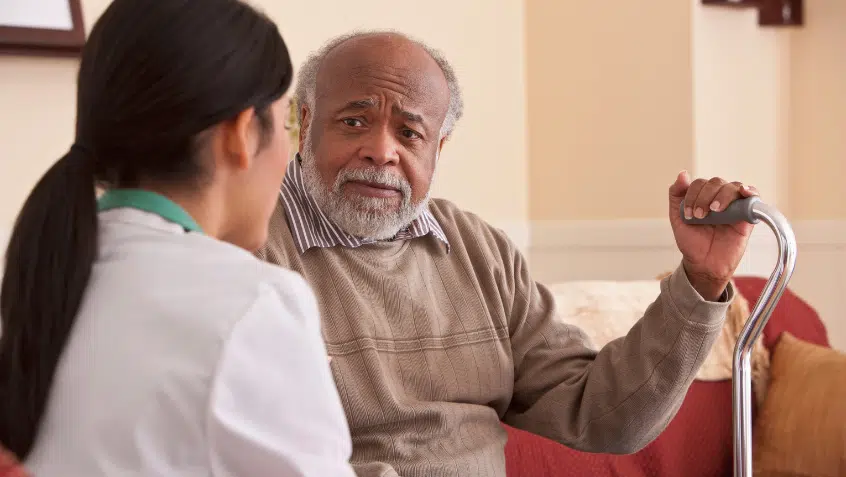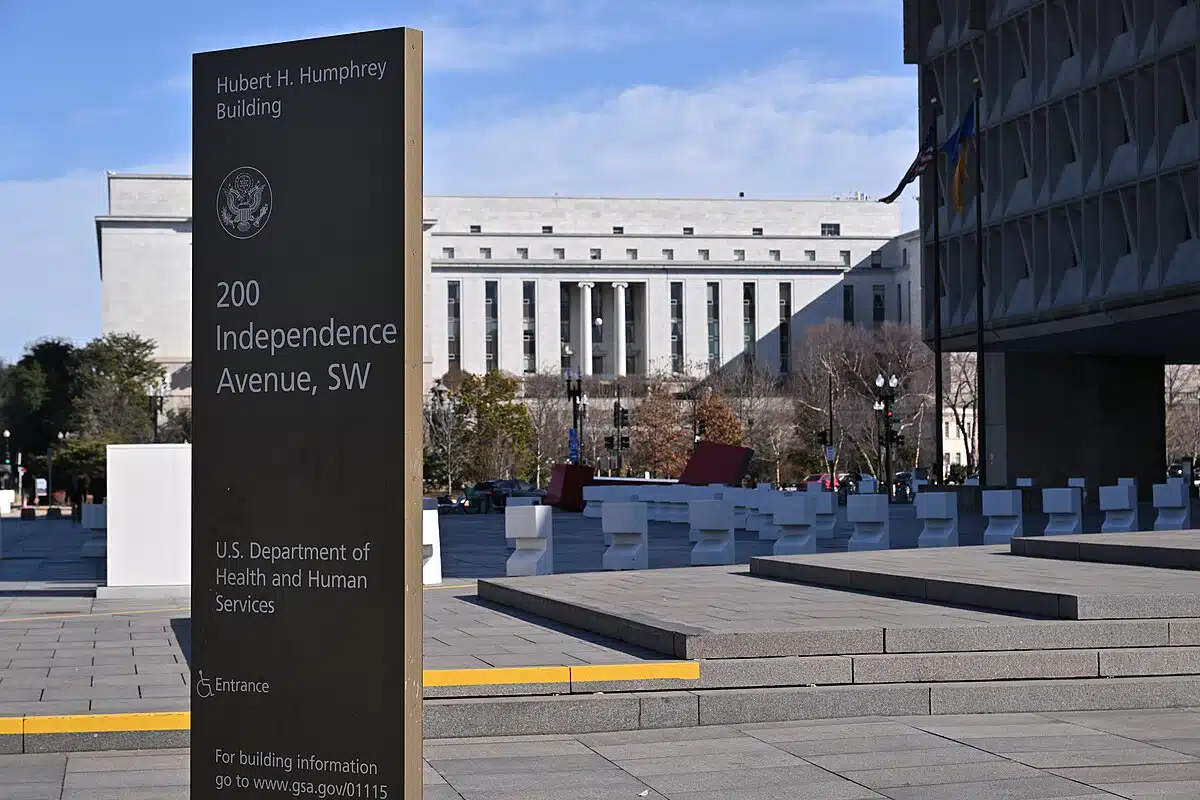As Congress Weighs Legislation, New Report Examines How Caps on Part D Spending Would Affect People with Medicare
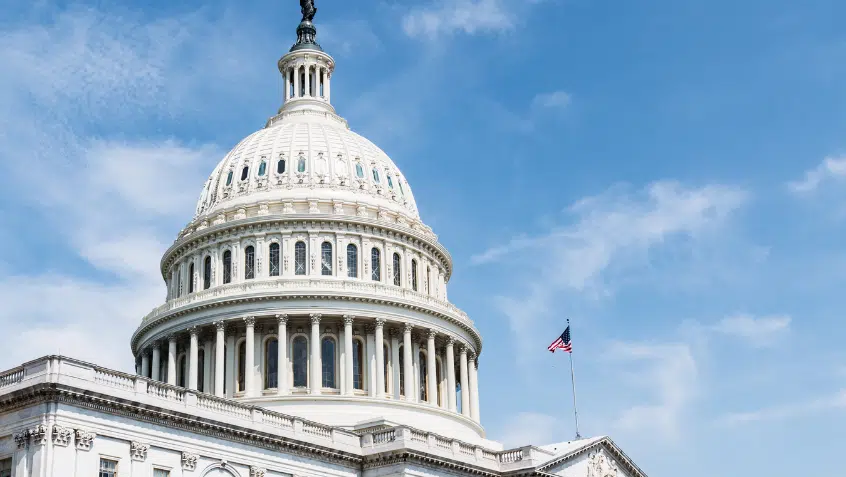
On September 9, the U.S. Department of Health and Human Services (HHS) released a report identifying ways to lower prescription drug prices, in compliance with a July 2021 executive order. In part, HHS urges Congress to cap Part D beneficiary costs, noting that “With no cap on out-of-pocket spending in Medicare Part D, beneficiaries who need expensive drugs or many different drugs to treat chronic conditions can be hit particularly hard: in 2019, nearly 1.5 million beneficiaries had out-of-pocket spending above the catastrophic threshold that is currently set at $6,550, with 3.6 million beneficiaries having had out-of-pocket spending above the catastrophic threshold in at least one year over the 10 years from 2010-2019.”
Some in Congress have also identified the need for reform. A limit on beneficiary Part D costs has been embedded in prominent legislation, including H.R. 3, which passed the U.S. House of Representatives in December 2019 and was reintroduced in the 117th Congress; and S. 2543, a 2019 bipartisan Senate Finance Committee bill. Just this week, it was in reconciliation bill language considered by the House Ways & Means and Energy & Commerce committees.
Under H.R. 3 and the House reconciliation draft, out-of-pocket drug spending would be capped at $2,000, while under the 2019 Senate Finance bill, the cap would be set at $3,100.
As lawmakers debate which, if either, approach to take in a final reconciliation bill, the Kaiser Family Foundation (KFF) published a new report examining how the different spending caps would impact beneficiaries. Among their key findings:
· In 2019, nearly 1 million more Part D enrollees incurred out-of-pocket costs for their medications above the $2,000 proposed limit than above $3,100. The number of enrollees who exceed these thresholds in a future year, when a proposed cap could be implemented, would likely be higher, given enrollment growth and rising prices for new and existing drugs.
· Adding an out-of-pocket cap to Part D would protect a growing number of enrollees over time, including those who have persistently high drug costs over multiple years and others who have high costs in one year but not the next.
· A $2,000 cap on out-of-pocket spending would generate larger beneficiary savings than a $3,100 cap. Average out-of-pocket spending was $3,216 among the 1.2 million Part D enrollees with out-of-pocket spending above $2,000 in 2019. These enrollees would have saved $1,216 (38%) of their annual costs, on average, if a $2,000 cap had been in place in 2019, but only $116 (4%) under a $3,100 cap.
· Savings could be considerable for beneficiaries with high out-of-pocket costs, including those who take expensive medications. In 2019, there were 154 drugs that forced Medicare Part D enrollees to incur more than $2,000 in out-of-pocket costs, including 108 drugs where average annual out-of-pocket costs exceeded $3,100. That same year, the 10% of beneficiaries who spent at least $5,348 out-of-pocket would have saved $3,348 (63%) with a $2,000 cap and $2,248 (42%) with a $3,100 cap.
The numbers are clear: the lower threshold would better protect beneficiaries. Significantly more Part D enrollees would save significantly more money—and likely gain the opportunity to build their health and economic security—with a $2,000 cap than with a $3,100 cap. Policies that cap out-of-pocket costs are already in place for the employer and individual market, including Marketplace plans under the Affordable Care Act (ACA). People with Medicare must not be left behind.
Though it is urgently needed, capping Part D costs only would not impact drug spending for physician-administered injectable and infused medications that are covered under Medicare Part B. These often-expensive drugs are subject to a 20% coinsurance, with no limit on out-of-pocket costs. While many people with Medicare have supplemental coverage to help pay these costs, KFF notes that nearly 6 million beneficiaries do not, and another 26 million are enrolled in Medicare Advantage plans that typically have a 20% coinsurance rate for Part B drugs.
Medicare Rights urges policymakers to put forth comprehensive drug pricing solutions. We strongly support efforts to meaningfully lower prescription drug prices and beneficiary costs, including by capping Part D costs at $2,000 and improving Part B drug affordability. Congress must take these and other long overdue, commonsense steps without delay. Join us in urging lawmakers to include these important reforms in the final reconciliation bill.
Weigh in today! Tell Congress to enact prescription drug reform.
Read the KFF report, Potential Savings for Medicare Part D Enrollees Under Proposals to Add a Hard Cap on Out-of-Pocket Spending.
Read the HHS report, Comprehensive Plan for Addressing High Drug Prices: A Report in Response to the Executive Order on Competition in the American Economy.
The Latest
Most Read
Congress Moves to Cut Medicaid
Threats to the Social Security Administration and to Benefits Continue to Raise Alarm
House Adopts Senate Budget Plan, Laying the Groundwork for Significant Health Care Cuts
Trump Administration and DOGE Eliminate Staff Who Help Older Adults and People With Disabilities
Add Medicare to Your Inbox
Sign up to receive Medicare news, policy developments, and other useful updates from the Medicare Rights.
View this profile on InstagramMedicare Rights Center (@medicarerights) • Instagram photos and videos

